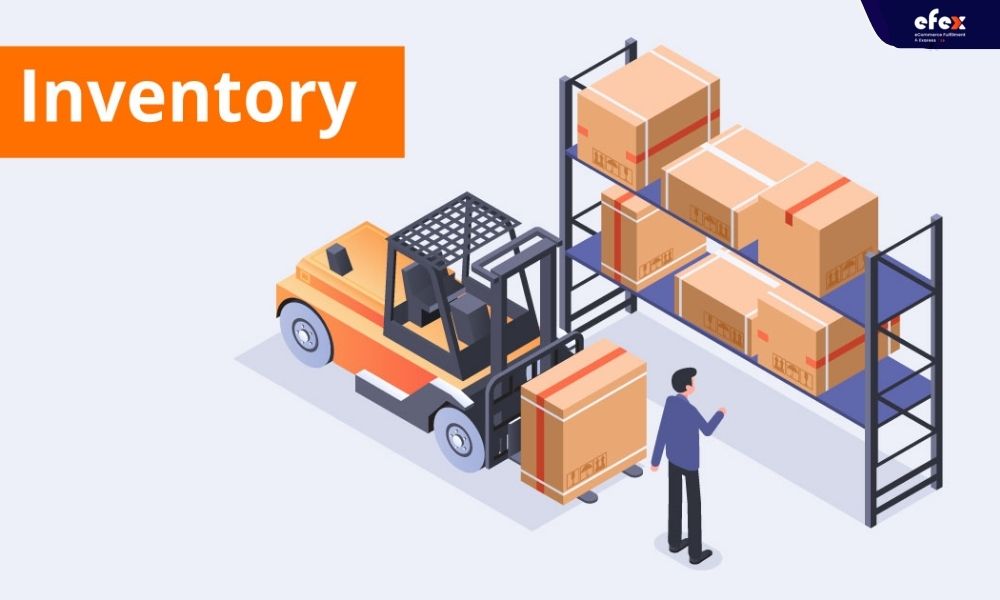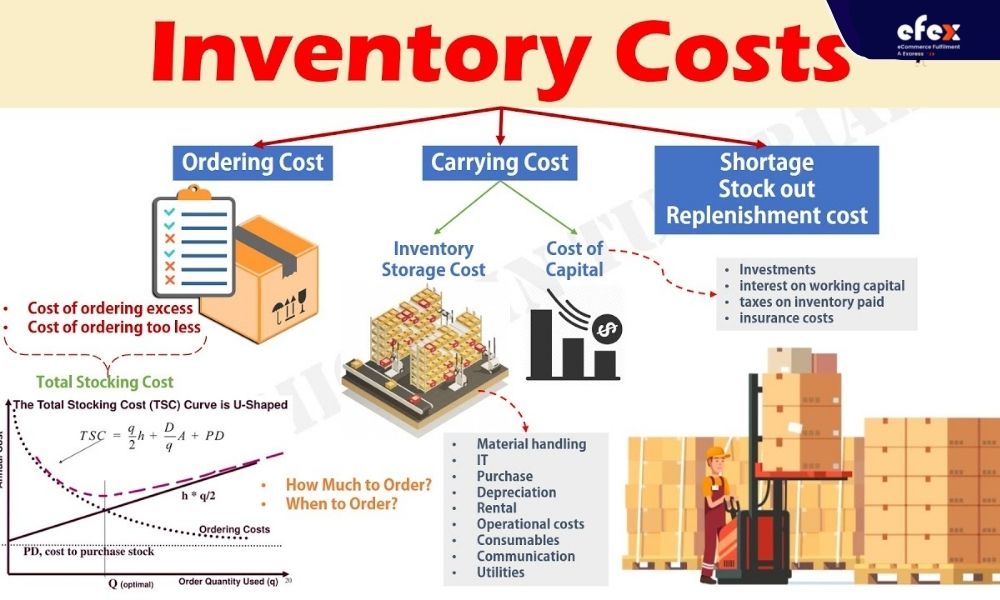
More Helpful Content
Merchandisers and manufacturers must manage inventory quality as part of their day-to-day activities. A manufacturer must keep track of raw materials, work-in-process inventory, and finished goods inventory. Merchandisers and retailers must contend with the prospect that things in inventory if held for an inordinately long period of time, will no longer be in demand. Quality inventory management systems are critical to a company's profitability and long-term stability, how a firm manages inventory has a direct impact on overall profits, both short-term and long-term. Excess or insufficient inventory can both lower revenue. To have a deep understanding of the quality of inventory, just take a look at Inventory Quality: Ratio, Definition, And Formula.

All items and materials retained by a company with the intention of selling them for a profit or using them in the manufacturing of completed goods are referred to as inventory. Inventory is a term used in the manufacturing business to describe raw materials, semi-finished products, and final items. The service sector, on the other hand, does not maintain a physical inventory. In the service industry, inventory is intangible, and it contains all of the data gathered by the company prior to completing a sale transaction. As part of their daily operations, manufacturers must control inventory in their warehouses. They must implement inventory management systems for several inventory forms, including raw materials, work-in-progress, and finished goods. Businesses must consider the chance that merchandise will spoil or become obsolete if held for an extended period of time. As a result, firms must take precautions to ensure that the inventory on hand is sufficient to meet the company's present manufacturing or sales demands. Implementing adequate inventory control procedures protects the company's long-term stability, and the manufacturing process will function smoothly and without interruption due to stock-outs.

Increased profitability is why inventory quality is so important in inventory management systems. Inventories management systems are designed to replenish exhausted inventory. Easy access for employees, better inventory control, fewer inventory expenses, and lower upkeep costs are all benefits of good inventory management. Accuracy, liquidity, and organization are all advantages of using an inventory management system that meets these three aims.
On the production line, workers must locate parts quickly in order to continue working, without exploring a warehouse. Employees will have an easier time finding and distributing stock or parts to the appropriate area if you have standardized locations for specific components or commodities in your inventory. This uniformity means your employees spend more time producing money than looking for parts or products in a stockroom or warehouse. An inventory management system of poor quality may not offer data on locations of warehouses or let some inventory items collect at the same storage site.
Whether your inventory system is a complex, computerized system or as simple as kanban cards, the inventory management system informs you what you already have, how much you've used up, and when to replenish. For example, you can calculate how much merchandise has been sold since you ordered by subtracting the kanban card number returned from the previous order. You'll know when and how much to reorder if you get "standard order." This simplicity is not available with a low-quality inventory system. Such a system may even lose inventory items, forcing your buying department to purchase parts or stock that isn't required.
Besides tracking goods, an inventory management system can allow you to keep track of how much inventory you have on hand. Having merchandise on hand costs money until it is sold. The poor inventory management system might cause you to obligate too much inventory, leaving you with products that will sit unused for a long time. A good inventory system can save money on inventory by reducing the number of goods you need to maintain on hand. It also saves money on space for inventory storage and upkeep.

The Inventory Quality Ratio is a strategy of inventory management that helps to eliminate overstock and outmoded inventory structures. This is a powerful and effective technique for inventory reduction, reduction, and appraisal. It's difficult for inventory managers to tell the difference between good and terrible inventory in their convenience stores. You spent far too much time and effort explaining the quantity of development work and inventory you had on hand. A significant amount of inventory is required for proper linkage and flow throughout the value chain.
IQR is a simple calculation that divides active inventory by total inventory. This allows you to determine how much of your inventory is simply "sitting" there. Many companies throughout the world use IQR to lower inventories by millions of dollars. To begin, divide your inventory into four categories of quality:
👉 Read More: What Is Excess And Obsolete Inventory? Calculation And Analysis
Second, figure out how much money each group is worth. To calculate IQR, divide the cost of Active arts by the total cost of all your inventory arts - in other words, this is only the most recent Active arts. Starting off, the average is roughly 40-45 percent.
Now you can delve further into each item and work to identify and correct any issues. Inventory quality is so crucial that it has the potential to establish efficient, lucrative enterprises that supply high-quality products to their customers. We've all heard that pleased customers are more likely to return, and that excellent customer experiences lead to positive word-of-mouth. The Inventory Quality Ratio can increase customer satisfaction by ensuring that you continuously supply a decent product or service. This, in turn, contributes to brand loyalty since customers have faith that you will continue to provide dependable performance in the future.


